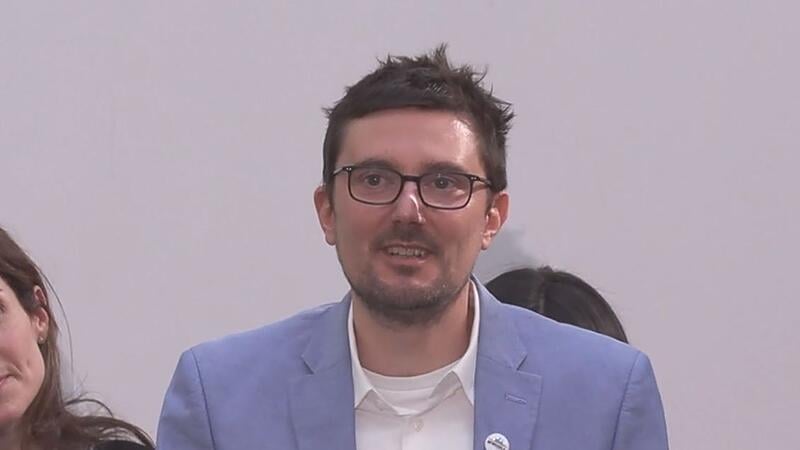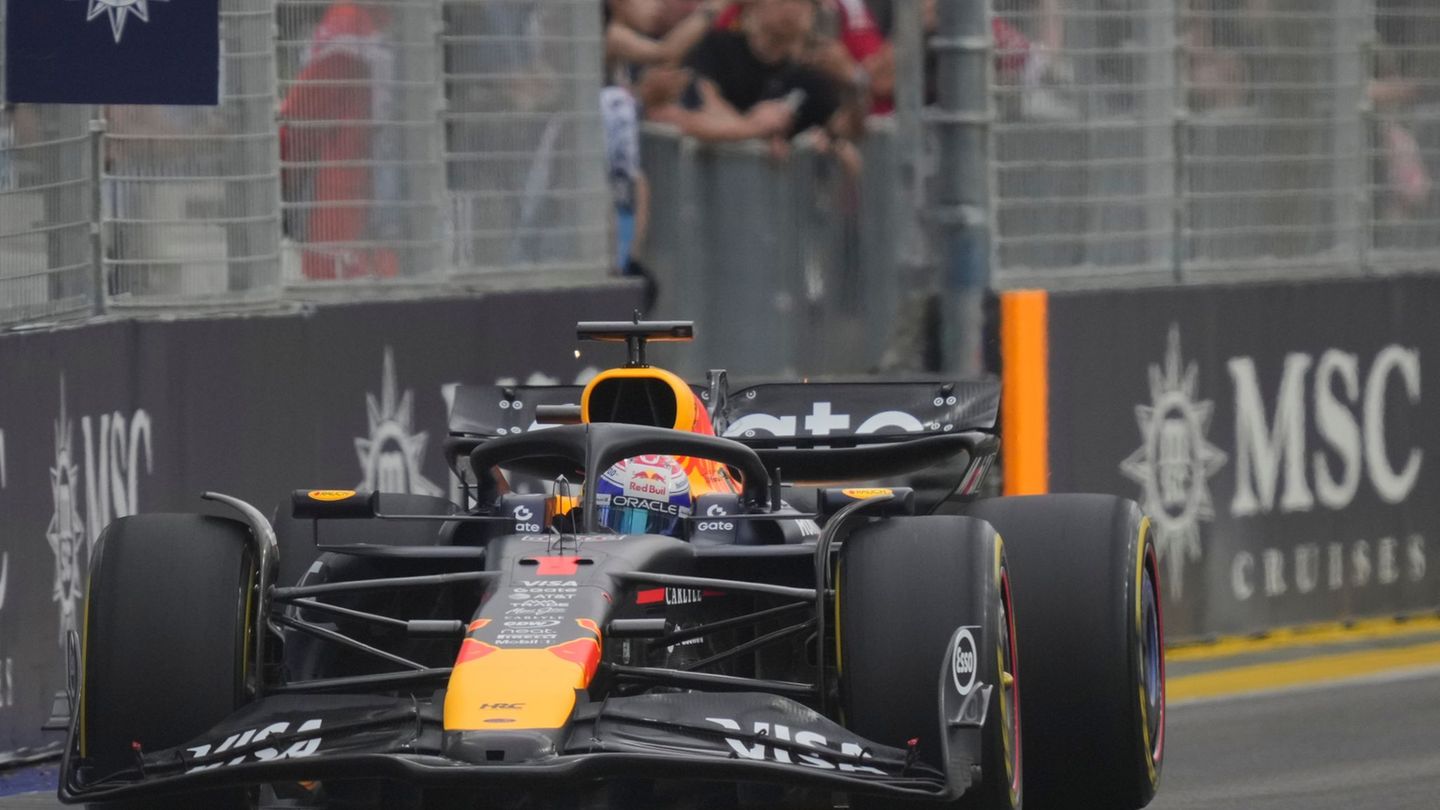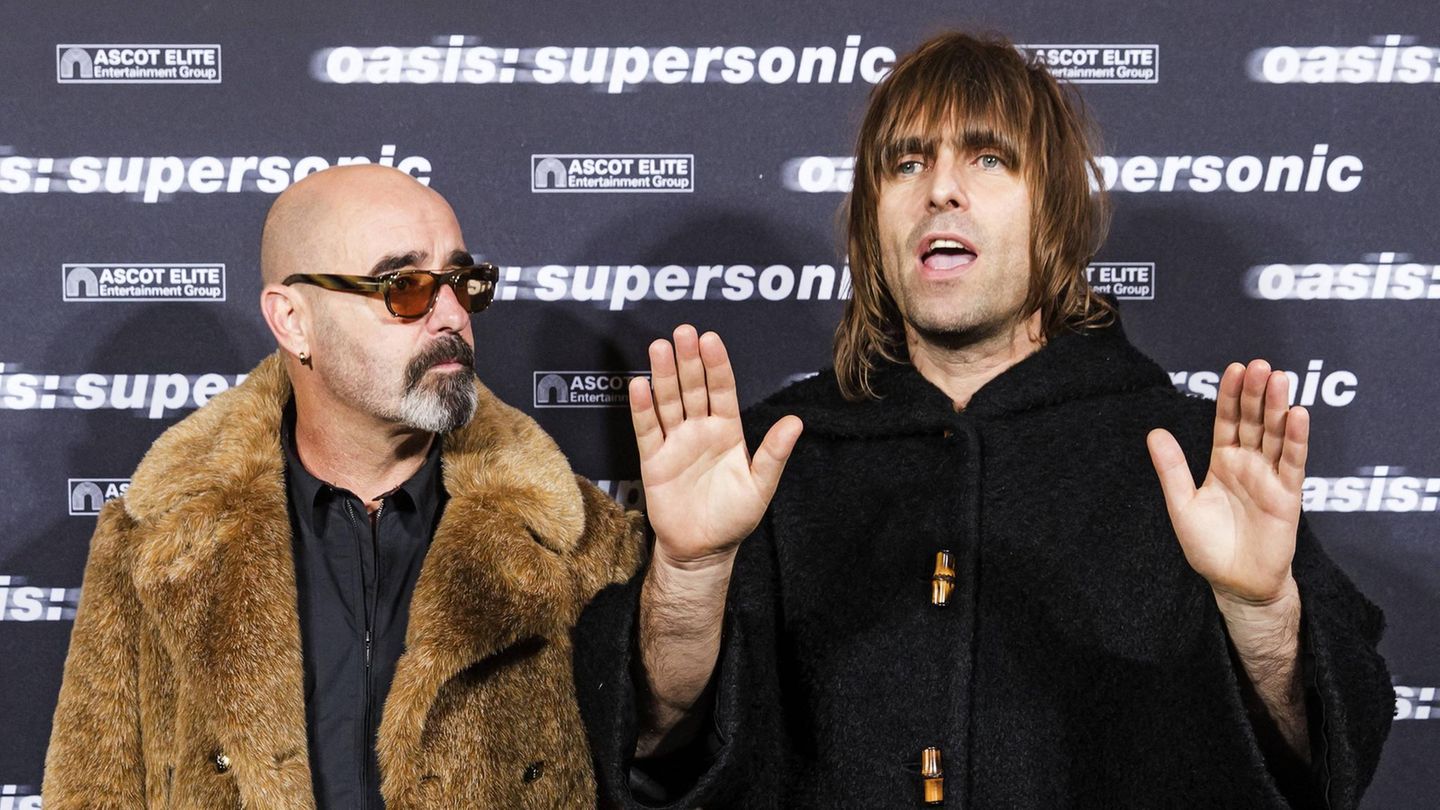An Upper Austrian was awarded the most prestigious journalism prize in the world: with a “Visual Investigation” team from the New York Times, the Schwanenstadt resident received the Pulitzer Prize in the category “International Reports” at the beginning of May.
The 13-strong team proved in several articles that the US army had accidentally killed ten civilians in the Afghan capital Kabul in a drone attack in August 2021. “We spent two weeks researching what really happened back then and were able to prove that the Pentagon (US Department of Defense) version was wrong,” said the 42-year-old at the award ceremony. Colleagues all over the world would have worked on the contributions, which the team then presented as a video: “With pictures as evidence. And that, of course, is what visual investigation is about: holding the powerful accountable with visual evidence.”
Already honored with an “Emmy”.
Christoph Köttl works as a “Visual Investigations Journalist” and is considered a specialist in the evaluation of satellite images. In September 2019 he had already been awarded a prestigious prize: Together with the investigative team of the New York Times he received an “Emmy” in 2019. The team had shown in a video that a poison gas attack in Syria that killed 34 people was not carried out by rebels, as the regime had claimed, but by the Syrian army.
Köttl has been with the New York Times since 2017. After graduating from high school, he studied history and political science in Vienna and in 2003 did a memorial service in the US Holocaust Memorial Museum in Washington. He later studied at Johns Hopkins University in Washington and joined the human rights organization Amnesty International in 2007. There he spent ten years developing a program on the subject of “technology and human rights” and continued his education to become an expert in the evaluation of aerial photographs.
In an interview with OÖN last year, Köttl described his work at the New York Times as “investigative, but not traditional”. Most of the time he does not work on a daily basis, but devotes himself to the evaluation of visual information such as photos, videos or aerial photographs in long sessions.
Source: Nachrichten




